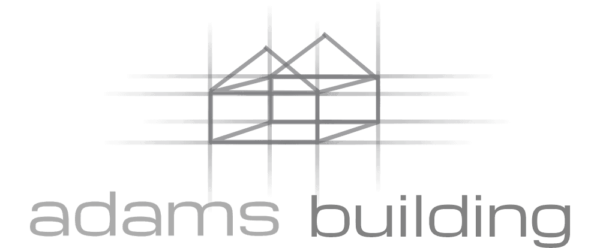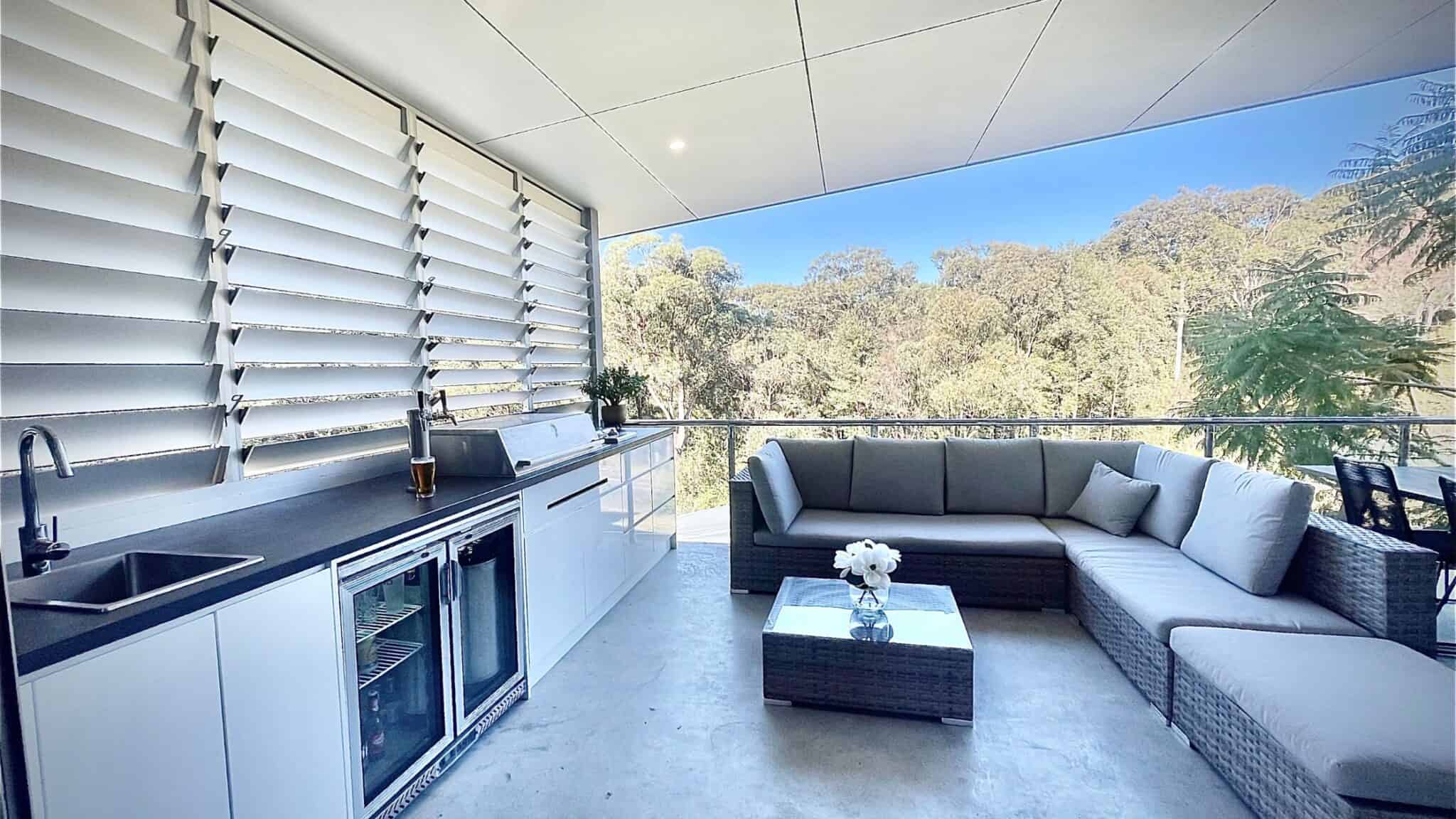Many buyers are drawn to standard project homes because of their seemingly low upfront costs. But when you consider costly exclusions and alterations, is it really cheaper to go with a volume builder?
In this article we discuss why it’s important to consider more than just the base price when building your family home:
Hidden Costs In A Standard Project Home
A standard project home is designed with repetition in mind. Volume builders thrive on efficiency, ordering the same materials and using the same construction methods across multiple homes. While this keeps costs lower when the design is left unchanged, any modifications disrupt the system, making alterations significantly more expensive.
For example, even something as simple as swinging a door in the opposite direction can cost thousands of dollars in a project home because it requires adjustments to the pre-set plans.
More substantial changes, like altering a room layout or accommodating a sloping block, can drive up costs even further, often making the total price much closer to that of a fully customised home.
These modifications are listed as “exclusions” on your contract. Common exclusions include:
- Stormwater drainage and sewer mains – Essential but frequently excluded, adding thousands to the final price.
- Driveways and landscaping – These are almost never included, yet they are critical for functionality and kerb appeal.
- Raised ceiling heights, upgraded finishes, and full-height bathroom tiles – Many features considered “standard” by homeowners are actually upgrades in a project home, significantly increasing the cost.
A general rule of thumb is to budget at least 10-15% more than the base price of a project home to account for these missing elements. When you factor in these additional expenses, the cost difference between a project home and a custom home becomes much smaller—sometimes even negligible.
You might be better off using that extra 10-15% to get a custom home you’ll love. Especially when you consider that most custom homes add more value to your land than a project home. And speaking of value…
The Flexibility and Value of Custom Homes
Custom homes are built with a tailored approach, considering the land’s features from the start. Instead of retrofitting a pre-designed home onto a block, a custom builder evaluates:
- The natural slope of the land – Ensuring proper drainage and minimising unnecessary excavation costs.
- Orientation and sunlight exposure – Maximising energy efficiency and comfort.
- Functional site planning – Strategically placing driveways, footpaths, and water tanks where they make the most sense.
Beyond just fitting the land, custom builders provide greater flexibility throughout the design process. Changes can be made efficiently without excessive markups, allowing homeowners to get exactly what they want without being penalised for deviating from a rigid template.
Making the Smart Investment
While project homes may appear to be the cheaper option at first, their lack of flexibility and hidden costs can quickly add up.
On the other hand, custom homes provide a holistic solution that accounts for the land, lifestyle, and long-term functionality of the home from the beginning.
Instead of being forced into a design that “sort of works,” homeowners who choose a custom build can create a home that truly fits their needs—often for a comparable overall investment.
When building your dream home, the smartest choice isn’t necessarily the one that appears to be cheaper upfront, but the one that delivers lasting value and satisfaction for years to come.
Get to know the expertise of Adams Building, setting benchmarks in construction quality. Proudly collaborating with APB, MBA, and Wunderbuild.


